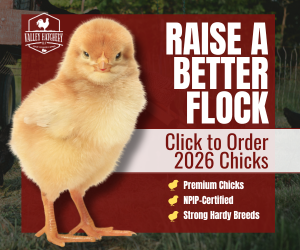Pretty much. Breed SOP is for show birds.
Originally there were chickens living wild, then man learned he could domesticate them. So he did. There were no breeds.
Over time man learned that by selective breeding he could create chickens that laid better, were better for meat, or were really decorative so man made chickens that laid better, were better for meat, or that had weird things on their heads, funny feathers, or just looked pretty. These were “types” that were raised for a specific purpose. Some of these types were called by names that would eventually become breeds but as of yet there were no breeds.
Then some people started arguing about who was better at raising chickens. I can raise chickens better than you can. No you can’t. Yes I can. No you can’t. Well, let’s have a contest and see whose chickens are best. But the person that was doing the judging needed criteria so they knew what to judge. So they agreed on the criteria, things like feather color and pattern, size, body conformation, posture, eye color, earlobe color, leg color, skin color, comb description, some even described the color of the bottom of their feet. Thus breeds were developed. What are now called breeds did not exist until there was a written SOP to describe what the breed should look like.
These criteria often mentioned things like egg shell color, egg size, or behavioral tendencies, things the judge does not see. Not all people that breed for show also breed for these traits but in my opinion they are part of what describes the breed.
Different countries have different requirements for a specific breed although they call then the same name. In France a Marans has to have feathered legs or it will be disqualified at a show. In the States a Marans can have clean legs and still win a prize. In the UK an Araucana looks quite a bit different than an Araucana in the States. Australia has adopted the UK description for an Araucana. Talking about breeds can be tricky when you cross international borders.
Some people do not accept that hatchery birds are representatives of their “breed” as practically all of them have something that would disqualify them at a show or at least prevent them from winning. Body conformation and size are very common problems but there certainly can be others.
So in my opinion breed is mostly about show birds. The show birds are the ones that represent what the breed is supposed to look like more than the hatchery birds or most of our backyard flocks. To me the people that also breed for the traits the judge does not see are the ones that have chickens that truly represent the breed. Occasionally you read in heritage chicken articles that there are only a few flocks in the US that have heritage birds of a certain breed, although many hatcheries offer these breeds and many breeders have prize winning birds of that breed. It’s the traits the judges don’t see that they are talking about when it comes to making a true heritage breed. Not everyone means the same thing when they call a chicken a certain breed.



